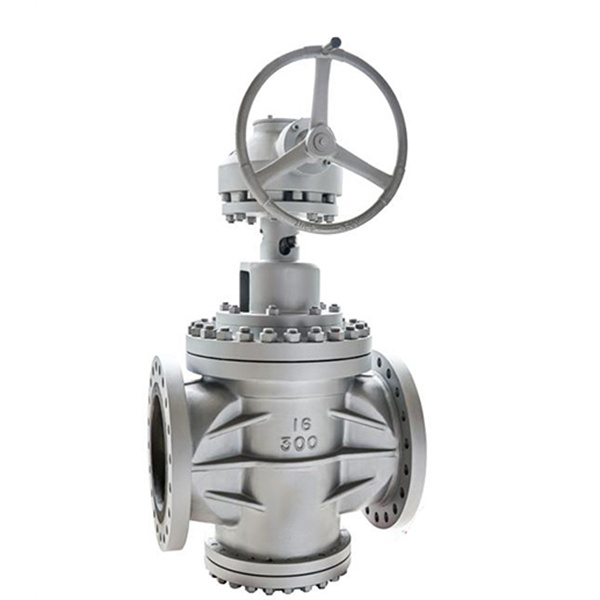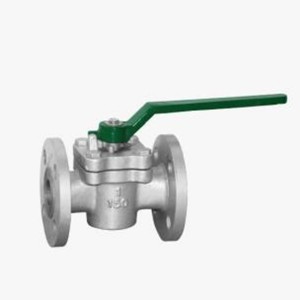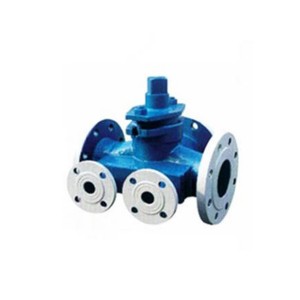Plug valves with a cone-shaped plunger are called plug valves. By rotating them 90 degrees, the passage port on the plug can be opened or closed, separating it from the passage port on the valve body. Plug valves are the fast-opening and fast-closing through valves that are typically used in low-temperature medium pipelines that require full opening and closure in a short amount of time. The extraction of oil fields, the production of transportation and refining equipment, the chemical and petrochemical industries, the production of gas and liquefied petroleum gas, the HVAC sector, and general industry all make extensive use of them. Second, plug valves can be used to transport liquid that contains suspended solids and particles. Crystal-containing materials can be transported using the straight-through plug valve with insulating jacket structure.
The following are the key design elements of the JLPV plug valve:
1. A straightforward design allows for quick switch, low fluid resistance, and quick angle stroke operation.
2. There are two types of seals: soft seals and oil seals.
3. There are three types of structure: lifting, ferrule, and inverted.
4. Safe design, anti-static construction, and use.
5. There is no restriction on the installation direction and the media can flow in two directions. Online use and maintenance are more practical.
The range of JLPV plug valve design is as follows:
1. Size: 2” to 14” DN50 to DN350
2. Pressure: Class 150lb to 900lb PN10-PN160
3. Material: carbon steel, stainless steel and other common metal materials.
NACE MR 0175 anti-sulfur and anti-corrosion metal materials.
4. Connection ends: ASME B 16.5 in raised face(RF), Flat face(FF) and Ring Type Joint (RTJ)
ASME B 16.25 in screwed end.
5. Face to face dimensions: conform to ASME B 16.10.
6. Temperature: -29℃ to 580℃
JLPV valves can be equipped with gear operator, pneumatic actuators, hydraulic actuators, electric actuators, bypasses, locking devices, chainwheels, extended stems and many others are available to meet the customers’ requirements.














